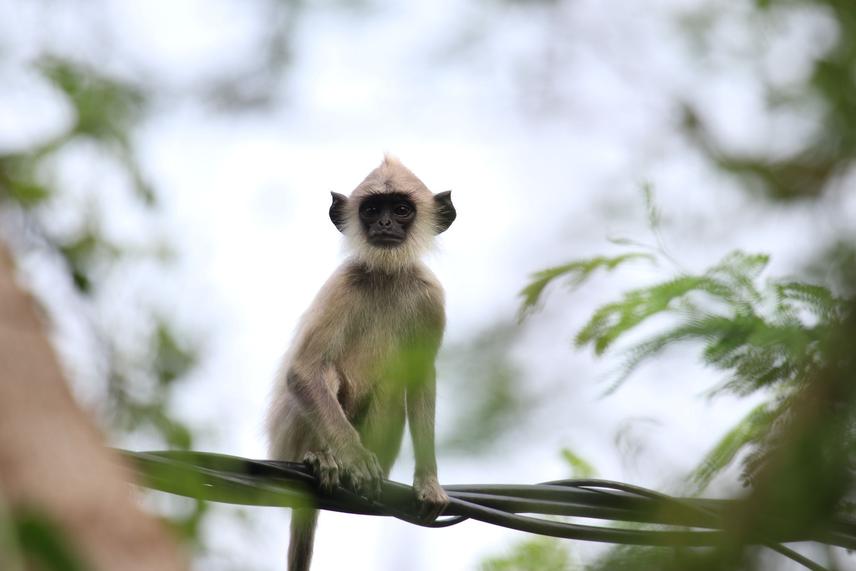Alexandra Hofner
With this research, I will examine the conservation value of fragmented forests for an Endangered primate endemic to Sri Lanka, the northern people-faced langur (Semnopithesus vetulus philbricki). Although these animals appear to be sensitive to urbanization and the loss of forest cover, their biology (i.e., folivory) may allow them to sustain populations in small degraded forests. Throughout their range in the dry zone, landscape change has likely caused the ongoing fragmentation of remaining forest, and an assessment of the ability of S. v. philbricki to occupy small forest patches is therefore timely. In Sri Lanka, crop foraging wildlife is also becoming an increasing issue as forest cover changes, and people’s reactions to wildlife may be impacted by the risk of economic losses due to animals. Studies show that both crop foraging and other human-wildlife interactions are prevalent in fragmented landscapes because increasing forest edge creates accessible boundaries between primate habitat and human dominated areas.

In some cases, the overall risks of living among wildlife in these circumstances can trickle down to species that contribute very little to financial losses, like S. v. philbricki. However, Sri Lanka is a very animal tolerant area, and the willingness of people to absorb the risks posed by encroaching monkeys is unknown. With this project, I will examine S. v. philbricki use of fragmented forest and collect social data with human communities surrounding forested areas to understand how and why humans interact with monkeys across the dry zone landscape and where primary habitat for this species remains. This study will provide the first examination of how northern purple-faced utilizes forest add context to human-monkey interactions to contribute to our understanding of sustained human-primate coexistence. The outcomes of this work will lead to recommendations for S. v. philbricki conservation including maps indicating important areas for conservation action in protected and unprotected areas.